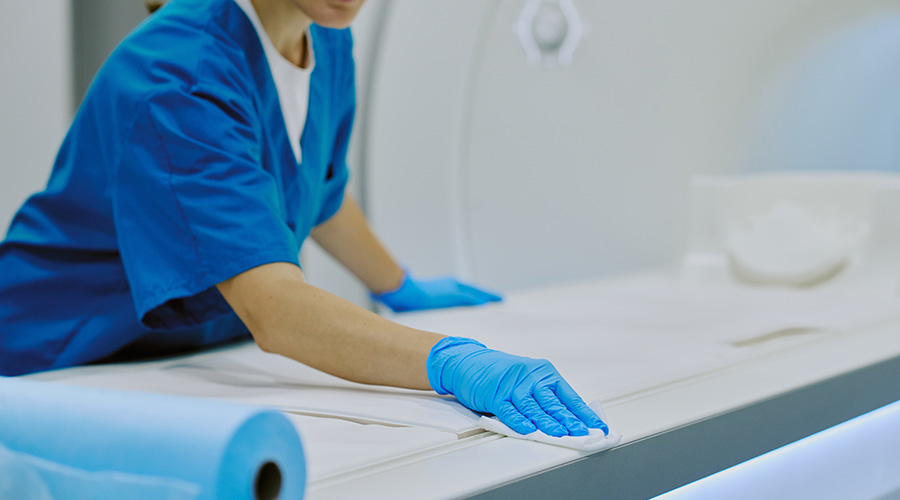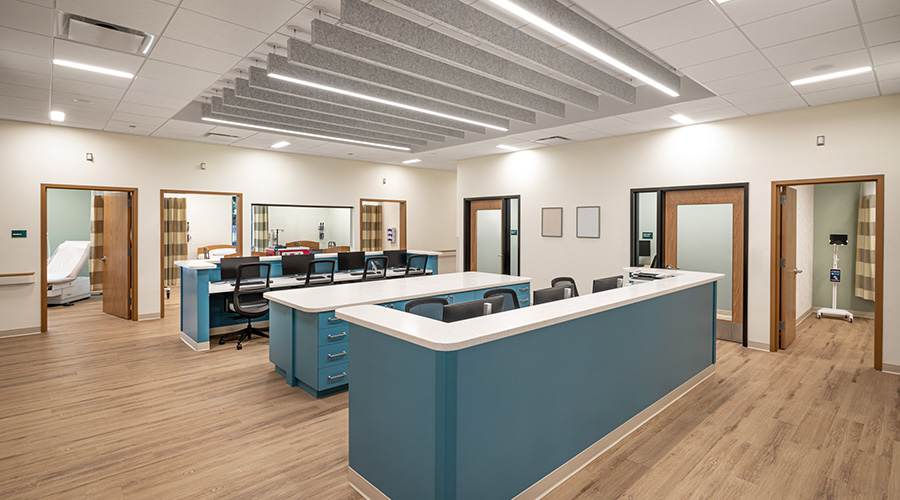Erlab's CaptairBio PCR Workstation uses a UV lamp to help prevent sample contamination between PCR (polymerase chain reaction) operations, according to the company.
The fume hood filters air through a HEPA H14 filter; an air flow meter on select models indicates blockage. A central screen located at the front of the device further protects substances from any contamination from the user.
The workstation features energy ports located on the side panels of the enclosure, a metal work surface with an arm rest, and energy efficient internal lighting.
There are 2 types of PCR workstations available: The Biocap DNA static enclosure for applications with a small risk of sample contamination and the Biocap RNA-DNA dynamic enclosure for applications with high risk of sample contamination.
The CaptairBio line also includes the Mobicap rolling cart, which is equipped with an adjustable inner shelf, allowing the user space to work while seated. The cart is equipped with two locking wheels.
For more information visit www.captair.com.

Workstation uses UV lamp to decontaminate work area
Erlab's CaptairBio PCR Workstation helps prevent sample contamination between PCR operations.
By Healthcare Facilities Today
April 3, 2013
Topic Area: Product News
Recent Posts
 Hand, Foot and Mouth Disease on the Rise
Hand, Foot and Mouth Disease on the Rise
A number of states are reporting an uptick in HFMD, a highly contagious viral illness that primarily affects infants and young children.
 BayCare Reveals Pagidipati Children's Hospital at St. Joseph's
BayCare Reveals Pagidipati Children's Hospital at St. Joseph's
It is a freestanding facility scheduled to open in 2030.
 Preparing for the Hazards of Winter Weather
Preparing for the Hazards of Winter Weather
Winter is here and healthcare facilities must be ready for inclement weather to prevent slips and falls.
 Why Identity Governance Is Becoming a Facilities Management Issue
Why Identity Governance Is Becoming a Facilities Management Issue
As healthcare buildings grow more connected, weak identity controls can expose HVAC, security and other critical systems to serious risk.
 Habitat Health Opens South Los Angeles PACE Center
Habitat Health Opens South Los Angeles PACE Center
The new center strengthens the local care infrastructure, delivering integrated medical, social and in-home care.